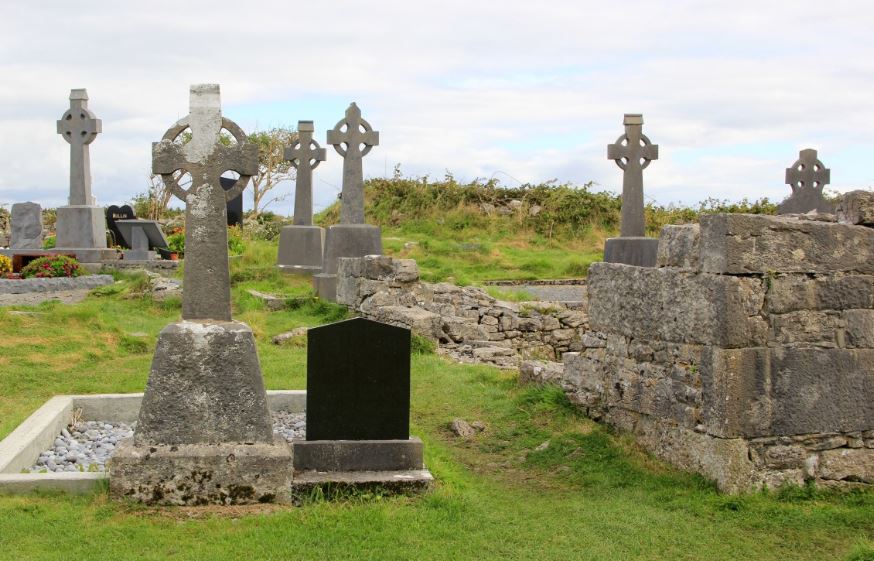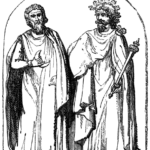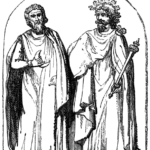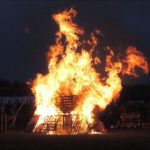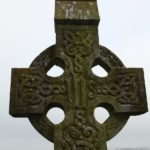Funeral and Burial Practices
Over the centuries there have been countless adaptations to the beliefs relating to funerals and burials. These changes relate to the location of the people and sometimes depended upon the yearly season of the death.
A Celebration of the Deceased Person’s Life
Despite all the variations, one thing has remained constant throughout the Celtic belief. Funerals should be a celebration of the deceased person’s life. There will be, and should, be sadness; but not for the departed. The sadness should be for those who are left to continue without them.
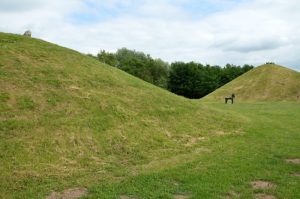 All life passes and all souls are reborn; all that was accomplished and all that was learned are achievements to be honored for.
All life passes and all souls are reborn; all that was accomplished and all that was learned are achievements to be honored for.
Current beliefs center on the remains being returned to the cycle of life.
The modern trend towards cremation, embalming, and sealing caskets in cement vaults all prevent the bodies return to nature. Remains should be buried (in-ground or underwater) in such a way as to allow the body to replenish the earth and degrade naturally. During preparation, the body should be kept as natural as possible; minimal artificial fabrics and no chemical embalming. Metal jewelry, with a blade used in life, is often included with the body but no adornments are required. Organ donation is widely accepted because the organs continue supporting life. Caskets can be used but should not be placed into a vault. Bodies are often “buried” by sinking them in a body of water; although this is not legal in all areas.
Exact times and events of the funeral are varied depending upon the desires of the next of kin. Some of the oldest records of burials include accounts of the body being left exposed, away from settlements, for 9 days; after which time whatever remains are left are retrieved and buried. Most traditions call for a funeral to last for three days and nights during which time there are remembrances, accounting of past deeds and of course feasting. From approximately 1600 BC to 700 AD a popular practice was to place the body in a large hole, cover it with layers of corn husks and small branches. Rocks were then placed over this, and a large bonfire was maintained on top for the course of the funeral; after which the remaining hole is filled in. The fire would dehydrate the body to the point where smell and disease were eliminated. Seasonal variants include burial in lakes or seas, holding the body in storage until the ground is unfrozen enough to dig and postponement of the funeral to take advantage of previously scheduled ceremonies.

